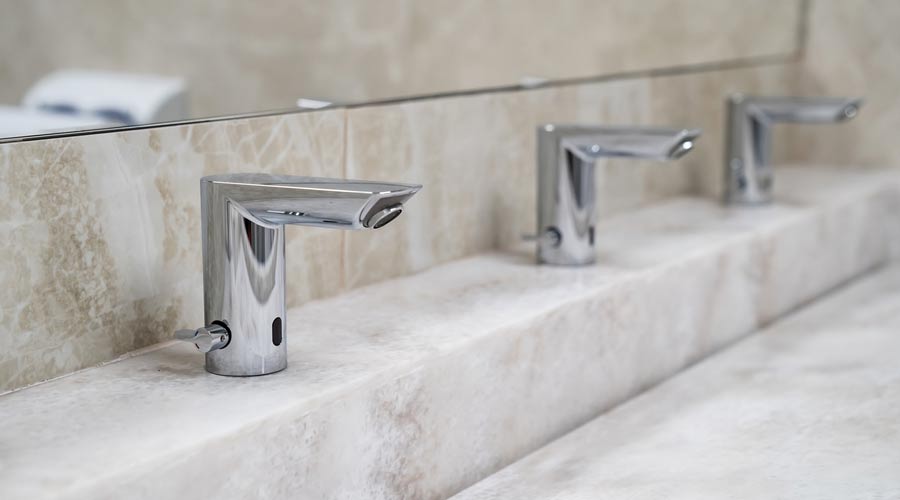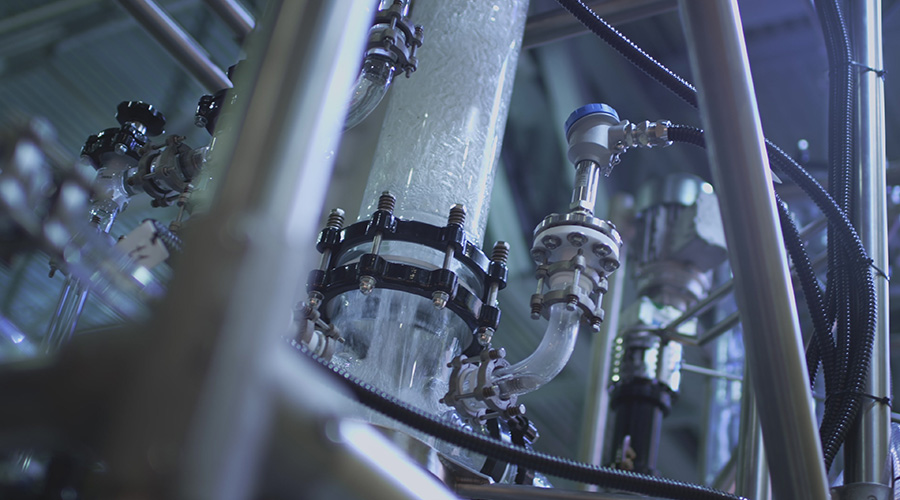Product Specification Considerations for Upgrading Restrooms
To be successful in meeting their renovation goals, managers will have to develop detailed specifications for everything from finishes and fixtures to lighting components and controls. Managers who pay attention to detail in these specifications can make a significant difference.
Managers have several options when selecting plumbing fixtures. They can go with code-compliant fixtures that use 1.6 gallons per flush (gpf), or they can pursue a more aggressive design that goes beyond codes and requirements for certification under the Leadership in Energy and Environmental Design (LEED) rating system and specify units rated at 1.28 gpf. They even have the option of installing dual-flush fixtures that offer 1.6 gpf and 1.28 gpf flushes.
Similar options exist when specifying urinals. Managers can select low-flow models that meet applicable code requirements, or they can select waterless urinals.
When specifying plumbing fixtures, managers also must be certain those selected have been certified by an independent, third-party organization recognized by the WaterSense program sponsored by the U.S. Environmental Protection Agency.
These specifications also must address the types of controls that will be installed. Today, most flow controls are sensor-operated, touchless units powered by replaceable batteries.
One common complaint against these controls has been phantom activation that wastes water. Some manufacturers have introduced a new generation of controls with sensors designed to minimize phantom activations. By specifying these new control systems, managers can provide the desired level of service to users while reducing water waste.
Another complaint managers have had concerning early-generation sensor-operated flow controls is battery life. Depending on the level of use, some managers found that technicians had to change batteries more than once a year.
Some new-generation controls offer battery life in many applications that exceed five years. Others use batteries that recharge automatically, resulting in a service life of 10 years or more. Again, by carefully selecting and specifying the type of controls, managers can reduce long-term maintenance requirements.
Managers also cannot afford to overlook lighting systems when planning restroom upgrades. A lack of attention to detail in a restroom's lighting system can result in fixtures that provide higher levels of lighting than the space actually requires. Specifying high-efficiency light sources, including light-emitting diode (LED) lamps, to provide the desired lighting level and combining these products with automatic lighting controls can result in energy-use levels that are reduced by 90 percent.
Related Topics:













